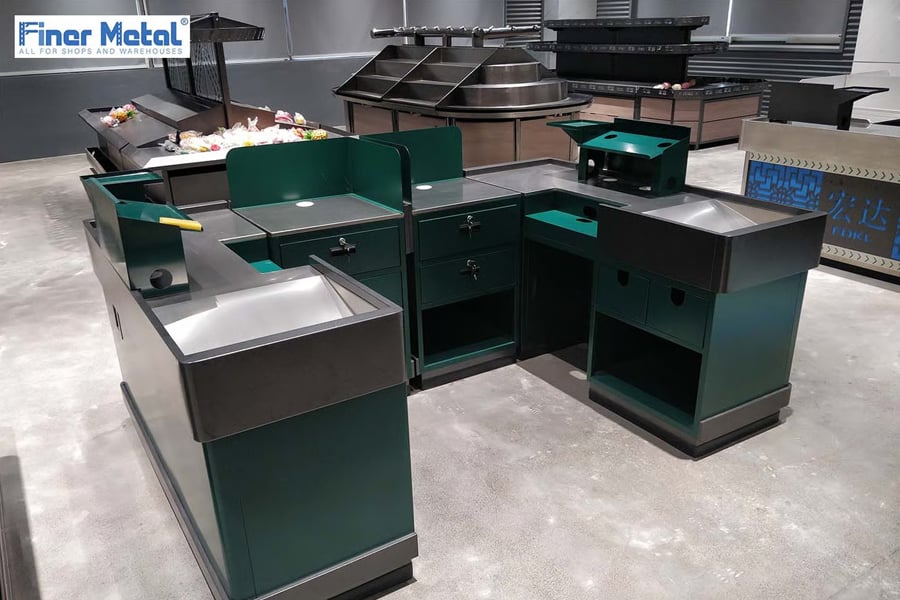Maximizing Space Efficiency
When designing a
retail checkout layout, it is crucial to prioritize space efficiency. By strategically placing checkout counters and merchandise displays, retailers can optimize the flow of traffic and minimize congestion in the store.
Minimizing Wait Times
A well-designed retail checkout layout can help minimize wait times for customers. By ensuring that there are enough checkout counters open during peak hours and providing clear signage to guide customers to the next available counter, retailers can improve the overall shopping experience.
Promoting Impulse Buys
Strategic placement of products near the checkout counter can encourage impulse buys. Retailers can capitalize on this by displaying small, high-margin items such as snacks, magazines, and travel-sized products in these areas to boost sales.
Enhancing Security
An effective retail checkout layout should also prioritize security. By installing security cameras, mirrors, and anti-theft devices near the checkout counters, retailers can deter theft and protect their merchandise.
Creating a Seamless Experience
The checkout process is the last touchpoint between the customer and the retailer. It is essential to create a seamless experience by providing well-trained staff, easy-to-use POS systems, and convenient payment options to ensure customer satisfaction.
Utilizing Technology
Technology plays a crucial role in modern retail checkout layouts. Retailers can leverage self-checkout kiosks, mobile payment options, and digital receipts to streamline the checkout process and enhance the overall shopping experience for customers.
Allowing for Accessibility
An inclusive retail checkout layout should accommodate customers of all abilities. This includes providing wheelchair-accessible checkout counters, clear signage for visually impaired customers, and trained staff to assist customers with disabilities.
Improving Staff Efficiency
An efficient retail checkout layout can also improve staff productivity. By organizing the checkout area in a logical and efficient manner, retailers can help staff process transactions quickly and effectively, leading to higher customer satisfaction.
Adapting to Changing Trends
Retailers should constantly evaluate and adapt their checkout layouts to stay relevant in the ever-changing retail landscape. By keeping up with industry trends and consumer preferences, retailers can ensure that their checkout layout continues to meet the needs of their customers.
Measuring Success
To determine the effectiveness of a retail checkout layout, retailers should track key performance indicators such as average wait times, transaction speed, and customer satisfaction. By analyzing this data, retailers can make informed decisions to optimize their checkout layout for maximum efficiency and profitability.
Quote Inquiry
contact us

